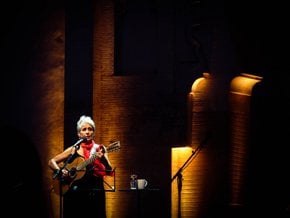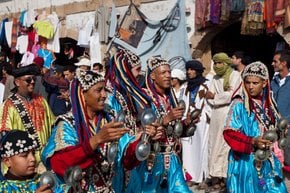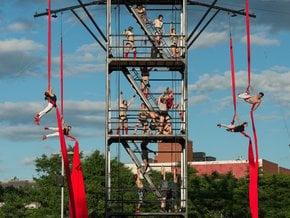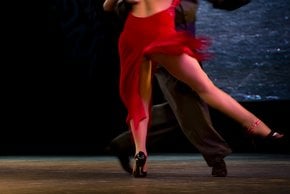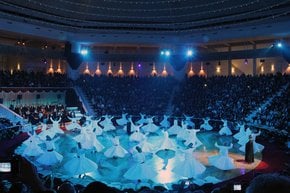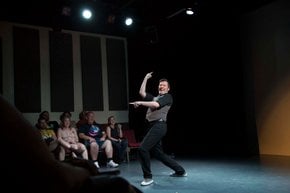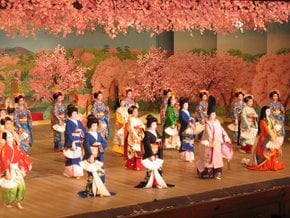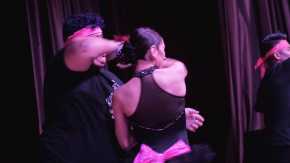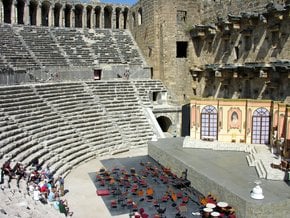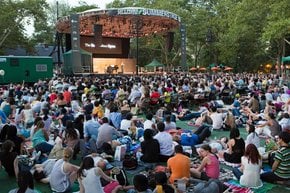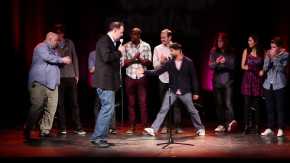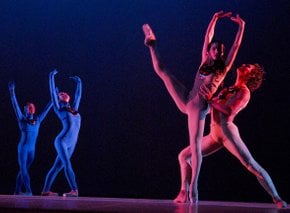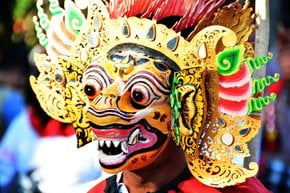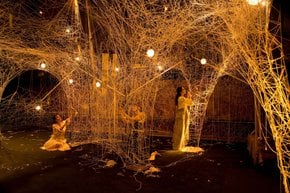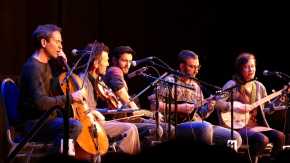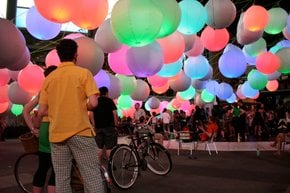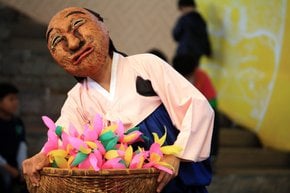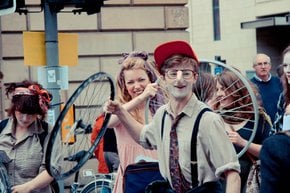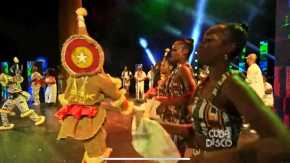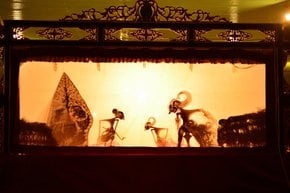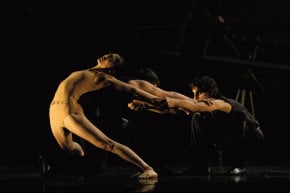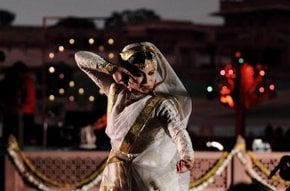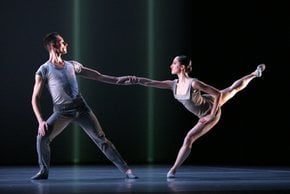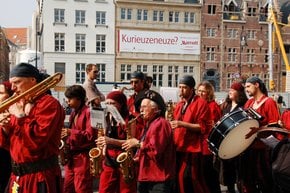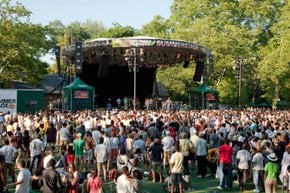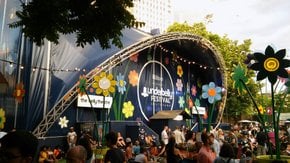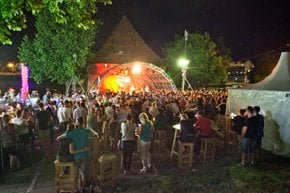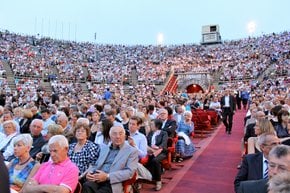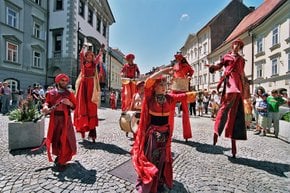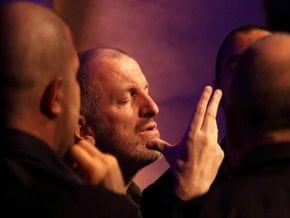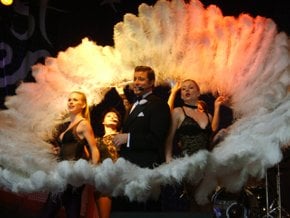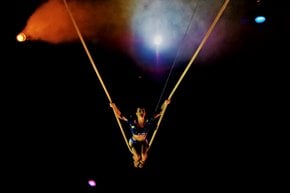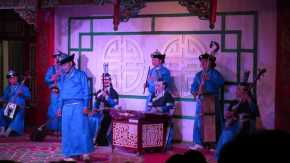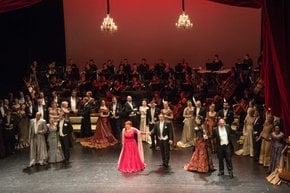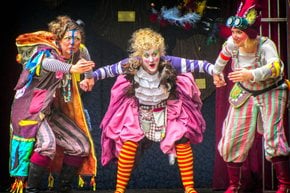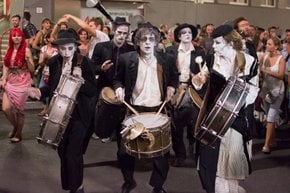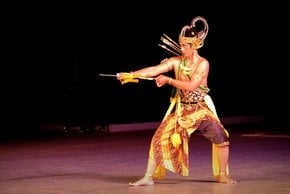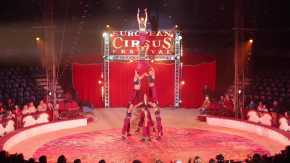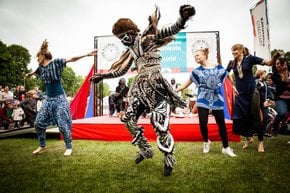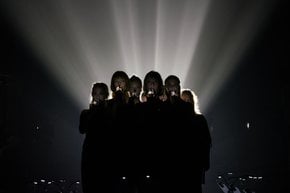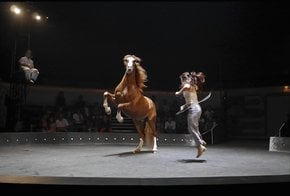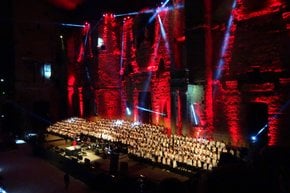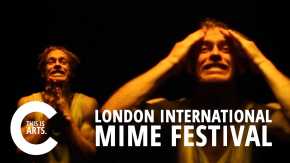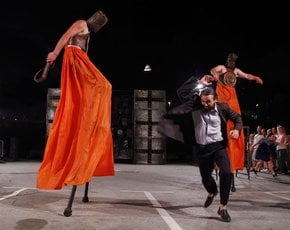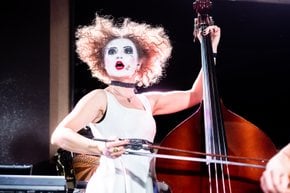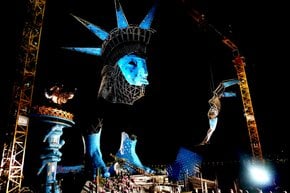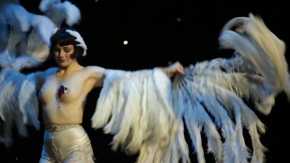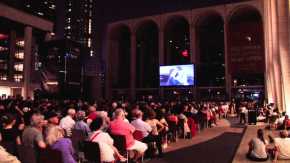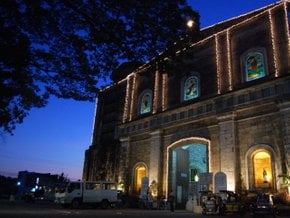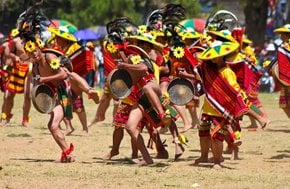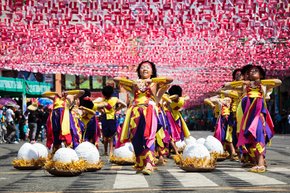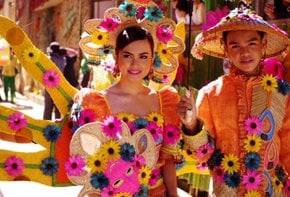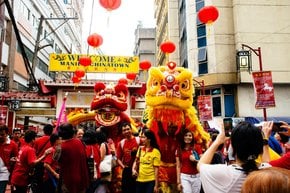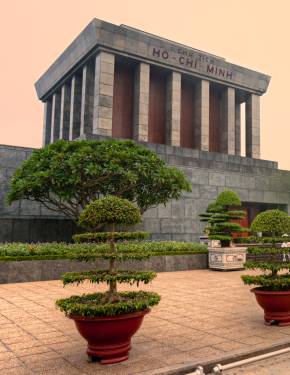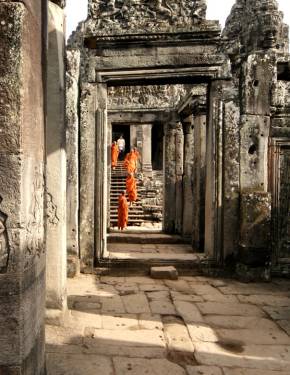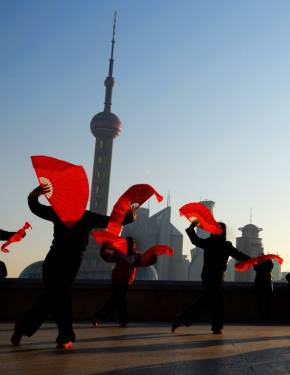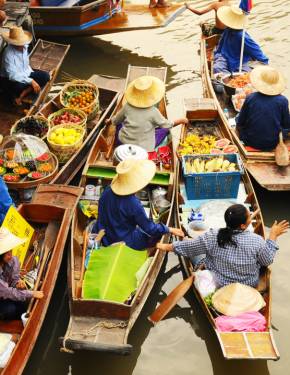Tinikling is a traditional folk dance which is believed to be the heritage of the Spanish colonial era in the Philippines. The dance originated in the central Philippines, in Leyte, an island of the Visaya Group. The dance moves originate from the elegant moves of birds locally known as "tikling." While dancing, people try to imitate the birds’ grace and beauty. Also, the dancers use bamboo poles to make the dance even more unusual. The poles are used as percussive instruments accompanying guitar, ukulele, or octavina.
Tourists can enjoy the traditional dance of the Philippines all around the country on special occasions such as Independence Day celebrated on June 12th or other cultural festivals.
Naturally, the greatest variety of Independence Day celebrations, including tinikling performances, occur in the capital city of Manila.
Practical info
What is Tinikling?
Tinikling is a traditional dance in the Philippines with origins from the birds known locally as “tikling”. It is a popular folk dance practised often in the country, and the dance moves imitate the grace and beauty of the birds. The dance requires a high level of skill and coordination for the dancers to achieve the rhythm and beat of the bamboo poles. Show more
Where did Tinikling originate from?
Tinikling is a popular dance form in the Philippines, originating from Leyte, an island in the Visayas province and believed to have come from the Spanish colonial era in the country. The name of the dance comes from the birds known locally as “tikling”, and the dance moves imitate the grace and beauty of the birds. Today, the dance continues to be practised and performed at various events across the country. Show more
When can tourists watch Tinikling dance in the Philippines?
Tourists visiting the Philippines can watch Tinikling dance at various cultural festivals or events like Independence Day celebrated on June 12th all around the country. Manila, the capital city, hosts the greatest number of Independence Day celebrations, where visitors can see Tinikling performances and cultural festivities, along with other performances to enjoy the vibrant culture of the country. Show more
What makes Tinikling dance unique from other folk dances in the Philippines?
Tinikling dance is the only traditional dance in the Philippines that uses bamboo poles as part of the performance. The dance imitates the movements of the tikling birds, the bamboo poles serving as a percussive instrument accompanying the music; guitar, ukulele, or octavina. The performers have to dance between the poles while ensuring coordination and precision, requiring high levels of skill and discipline, and admired for the grace, beauty and intricate composition of the dance. Show more
Are bamboo poles used in any other folk dances of the Philippines?
Bamboo poles are not commonly used in other traditional or folk dances of the Philippines except for Tinikling. The country has various other traditional dances, each unique, using different props and musical accompaniments like the Kulintang(gongs) or the “palo-palo” (rhythm instrument). These diverse cultural dances highlight the vibrant and rich cultural heritage of the Philippines. Show more
